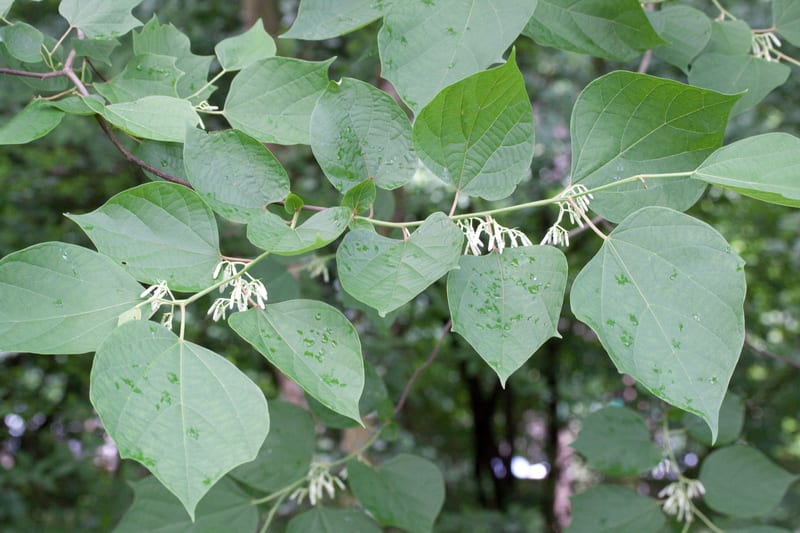Chinese Alangium, Chinese Dewberry, Eight Angle Maple
Alangium chinense

🌿 Morphology
🌞 Growing conditions
🌍 Origin and family
🌾 Uses
Warning: Despite the care taken in writing this sheet, it is essential to cross-reference sources before using or consuming any plant. When in doubt, consult a qualified professional
Permaculture uses
The fruits are edible, though not widely cultivated. The root bark and stems have traditional medicinal uses, primarily in Chinese medicine. It can be used in agroforestry systems, providing shade and potential soil stabilization.
Permapeople description
A deciduous tree native to East Asia, known for its attractive foliage and fragrant white flowers. It can grow up to 20 meters tall.
Botanical description
Alangium chinense is a deciduous shrub or small tree typically growing to 3-7 meters tall, though it can reach up to 15 meters. The leaves are alternate, simple, and ovate to elliptic, with serrated or lobed margins. The flowers are white, fragrant, and appear in axillary cymes. The fruit is a fleshy drupe, initially green, turning red to purplish-black when ripe. The bark is grayish-brown and smooth when young, becoming furrowed with age.
Companion planting
Specific companion planting information is limited. Due to its shade tolerance, it may be suitable for planting beneath larger trees. Avoid planting near plants sensitive to allelopathic effects, though there is no strong evidence for this in Alangium chinense.
Propagation methods
Propagation can be achieved through seed sowing, softwood cuttings, or root suckers. Seed germination may require scarification or stratification. Cuttings are best taken in the late spring or early summer. Root suckers can be divided and transplanted in the dormant season.
History and traditions
In traditional Chinese medicine, the root bark and stems of Alangium chinense are used for their analgesic, anti-inflammatory, and antipyretic properties. They are used to treat conditions such as rheumatism, arthritis, and fever. The plant has also been used in traditional dye production.
Usage calendar
Flowering occurs in late spring to early summer (May-June). Fruits ripen in the late summer to early autumn (August-October). Seed collection is best done in the autumn. Cuttings are best taken in late spring/early summer. Planting is recommended in spring or autumn.
